En el intrincado tejido de la ciudad, el acto de rellenar los huecos libres sigue una lógica que se asemeja a ese experimento de instituto y que tiene como puro motor la insaciable economía de mercado. Cada espacio vacío es una oportunidad, y como en un bazar, las fuerzas de la oferta y la demanda impulsan su transformación y colmatan, como un líquido, sus espacios. Con un orden de llenado donde la optimización de recursos es la principal protagonista, la ciudad, como ese recipiente de vidrio, busca la compacidad para funcionar de manera eficiente. El aire colmatado es su lenguaje predilecto. En la ciudad siempre cabe una persona más, una idea más, un negocio más. Una religión más.
La incansable búsqueda de la densidad urbana garantiza, curiosamente, el futuro de la ciudad misma. Y la búsqueda de los espacios libres es, antes que un signo de la presión capitalista, de una voluntad ancestral por vivir juntos.
Within the intricate fabric of the city, the act of filling empty spaces follows a logic resembling that high school experiment and is driven by the relentless market economy. Every vacant space represents an opportunity, much like a bustling bazaar, where the forces of supply and demand drive their transformation, filling their spaces like a liquid. With a filling order where resource optimization takes center stage, the city, like that glass container, seeks compactness to function efficiently. Filled air becomes its preferred language. In the city, there's always room for one more person, one more idea, one more business. One more religion.
The tireless pursuit of urban density oddly ensures the city's future. And the quest for open spaces is, before being a sign of market pressure, a reflection of an ancestral desire to live together.
























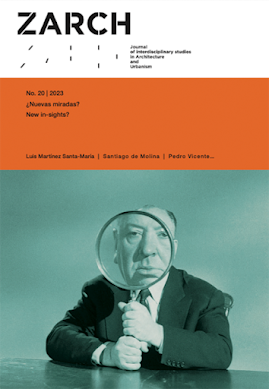
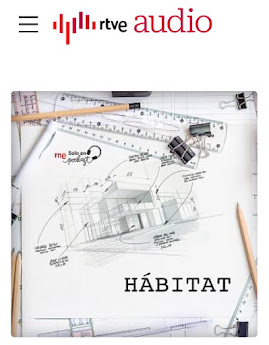
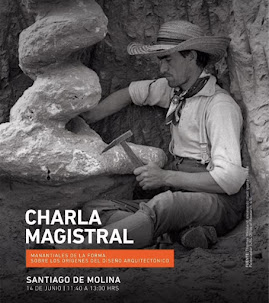
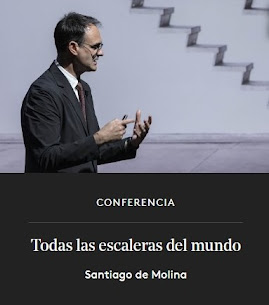

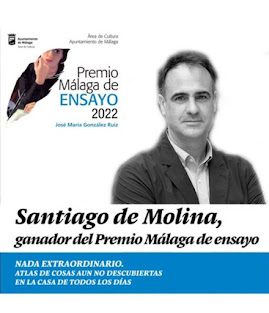


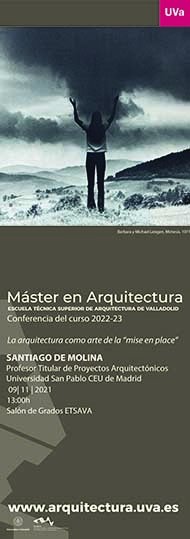
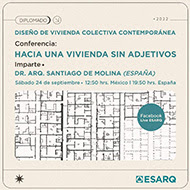













































































No hay comentarios:
Publicar un comentario